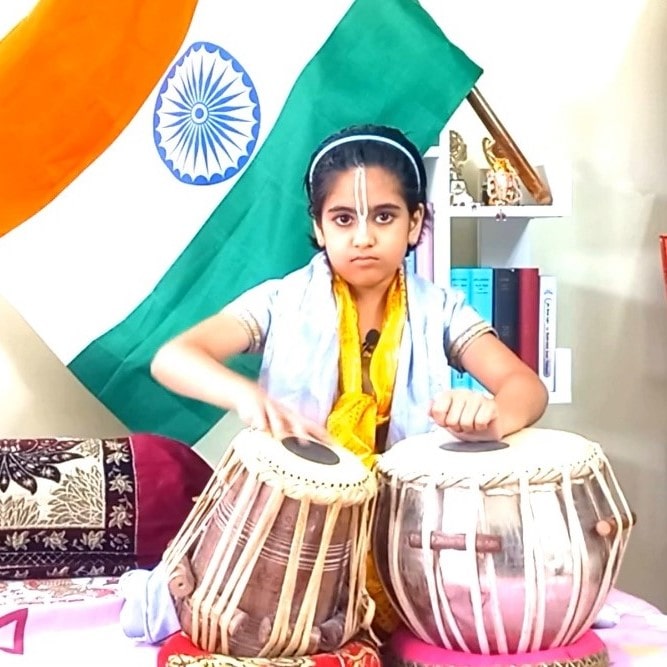Indian music is a rich and diverse tradition that has attracted people around the world for centuries. It encompasses a wide range of styles, instruments, and techniques, reflecting the cultural, regional, and historical diversity of the Indian subcontinent. Let’s explore the world of Indian music and some of the unique instruments that play a crucial role in this mesmerizing art form.
Shastriya Sangeet
Indian music is often divided into two main categories: classical and folk. Classical music, known as “Shastriya Sangeet,” is an intricate and highly structured form that has been passed down through generations for thousands of years. It is characterized by its complex rhythms, intricate melodies, and a deep spiritual connection. Folk music, on the other hand, is more spontaneous and rooted in the daily lives of the people. Both forms of music are integral to the Indian musical landscape.
INDIAN MUSICAL INSTRUMENTS
Indian music relies on a wide variety of instruments, each with its unique sound and role in creating the enchanting melodies and rhythms. Let’s explore some of the most prominent ones:
Sitar: The sitar is perhaps one of the most iconic Indian instruments, known for its intricate melody and mesmerizing twang. It has a long neck with metal strings, and its resonance creates a hauntingly beautiful sound.
Tabla: The tabla is a pair of hand-played drums that form the rhythmic backbone of Indian music. It consists of two drums – the smaller, higher-pitched “tabla” and the larger, lower-pitched “baya.”
Flute (Bansuri): The bansuri is a bamboo flute known for its soothing and melodious tunes. It is often associated with Lord Krishna, who is depicted playing the flute.
Veena: The veena is an ancient string instrument with a large, resonating body and strings. It is often used in classical music and has various regional variations.
Dholak: The dholak is a double-headed hand drum used in folk and devotional music. It produces a rhythmic and vibrant beat that energizes the audience.
Harmonium: The harmonium is a keyboard instrument with a hand-pumped bellows. It is commonly used in Indian classical and devotional music.
Sarod: Similar to the sitar, the sarod is a stringed instrument, known for its intricate plucking technique and rich, resonant sound.
Mridangam: A barrel-shaped double-headed drum, the mridangam is a vital percussion instrument in South Indian classical music.
THE IMPACT OF INDIAN MUSIC
Indian music is not just a form of entertainment; it has a great impact on the culture and spirituality of the subcontinent. It plays a significant role in various aspects of life, from religious rituals to cultural celebrations and social gatherings. Indian classical music, in particular, is revered for its ability to induce deep emotions, promote meditation, and evoke a sense of spiritual transcendence.
The influence of Indian music has transcended borders and genres, inspiring musicians and composers worldwide. It has been seamlessly integrated into various contemporary music styles, such as fusion and world music, creating a harmonious blend of tradition and modernity.
CONCLUSION
Indian music and its various instruments showcase the rich cultural heritage of the Indian subcontinent. They mirror the essence of a civilization that has cherished art and spirituality for thousands of years. Whether you prefer the intricate tabla rhythms, the soulful sitar melodies, or the lively beats of folk instruments, Indian music takes you on an enchanting journey into the heart and soul of a vibrant and diverse culture.
